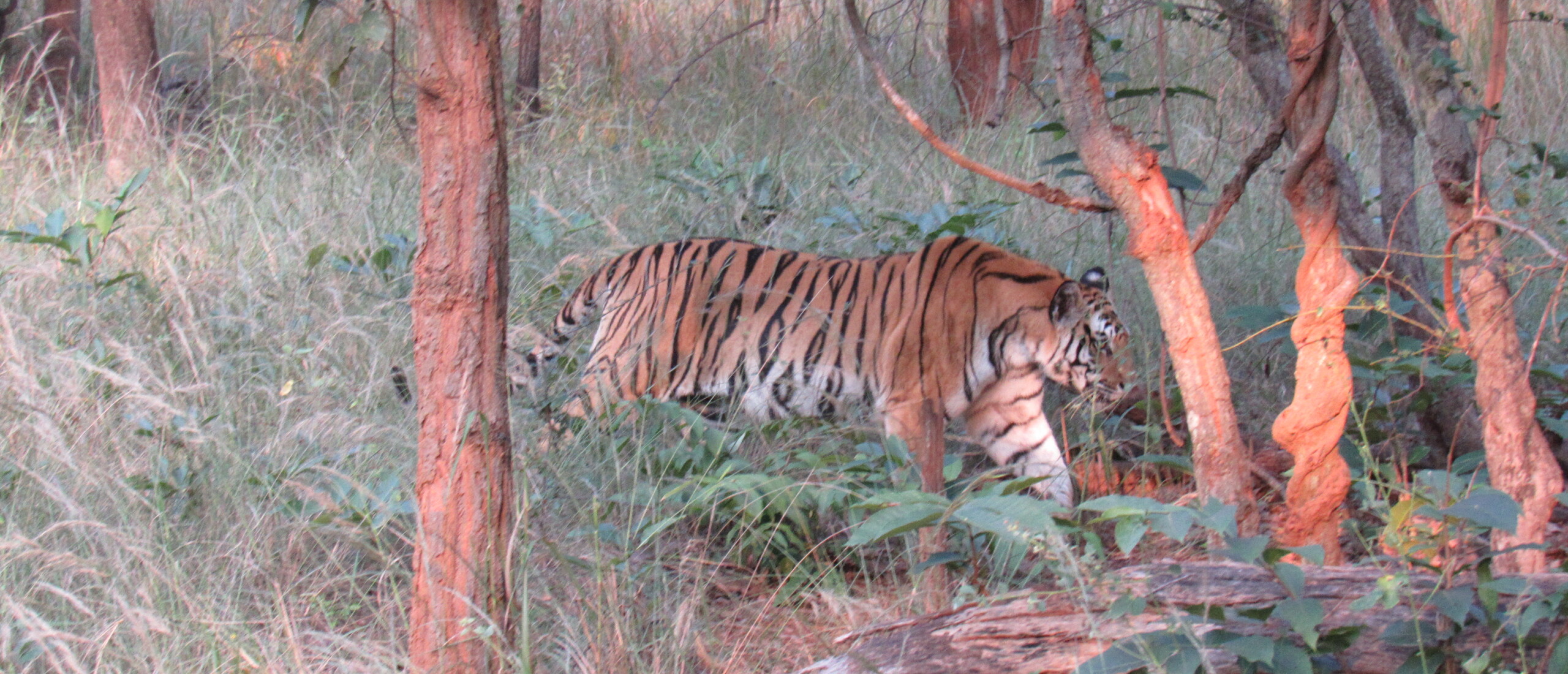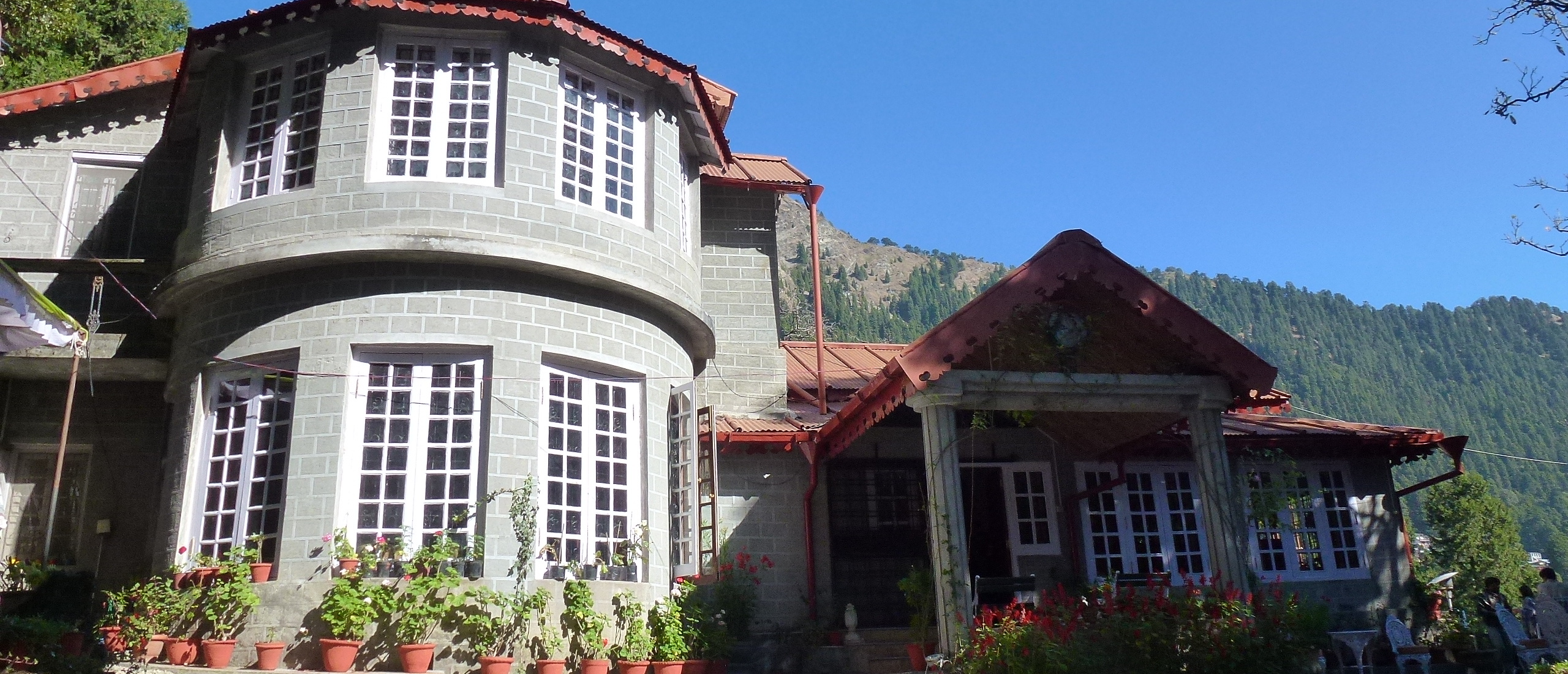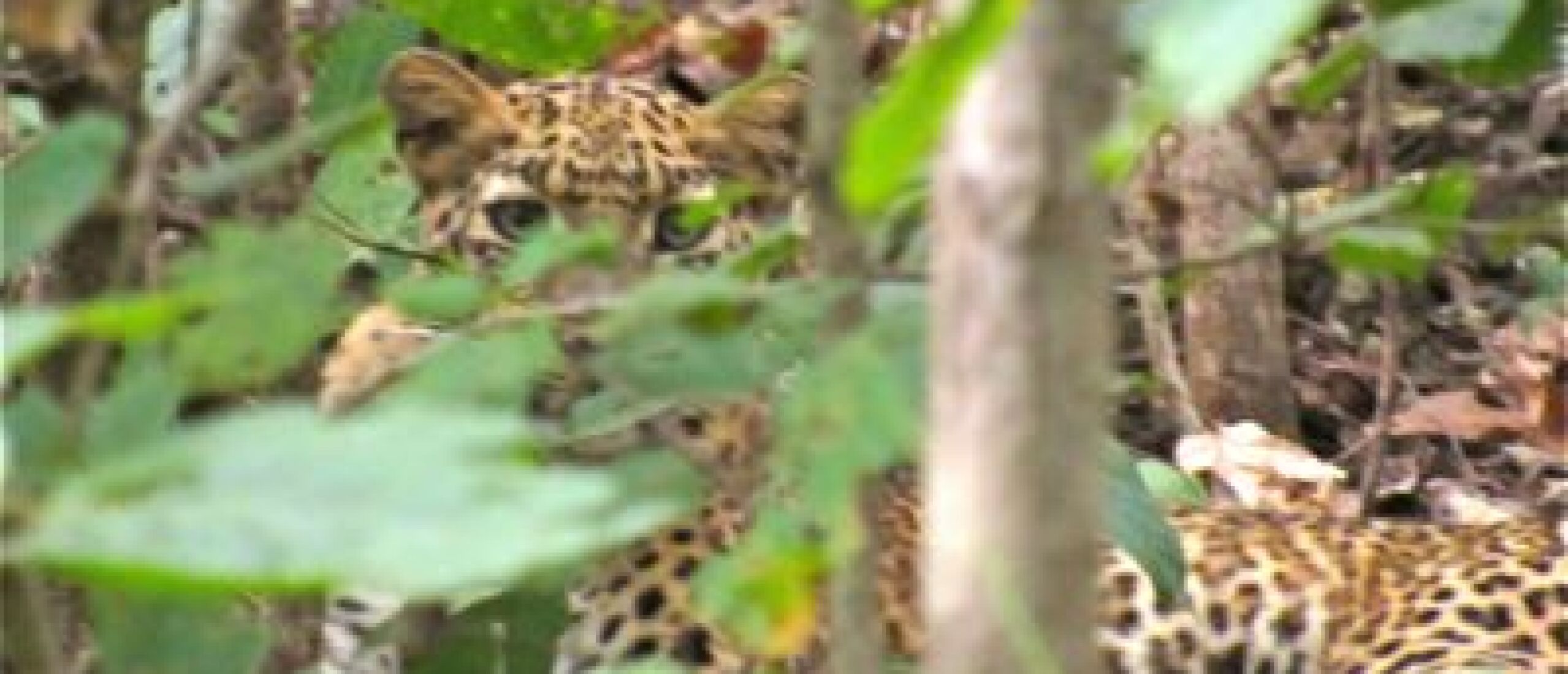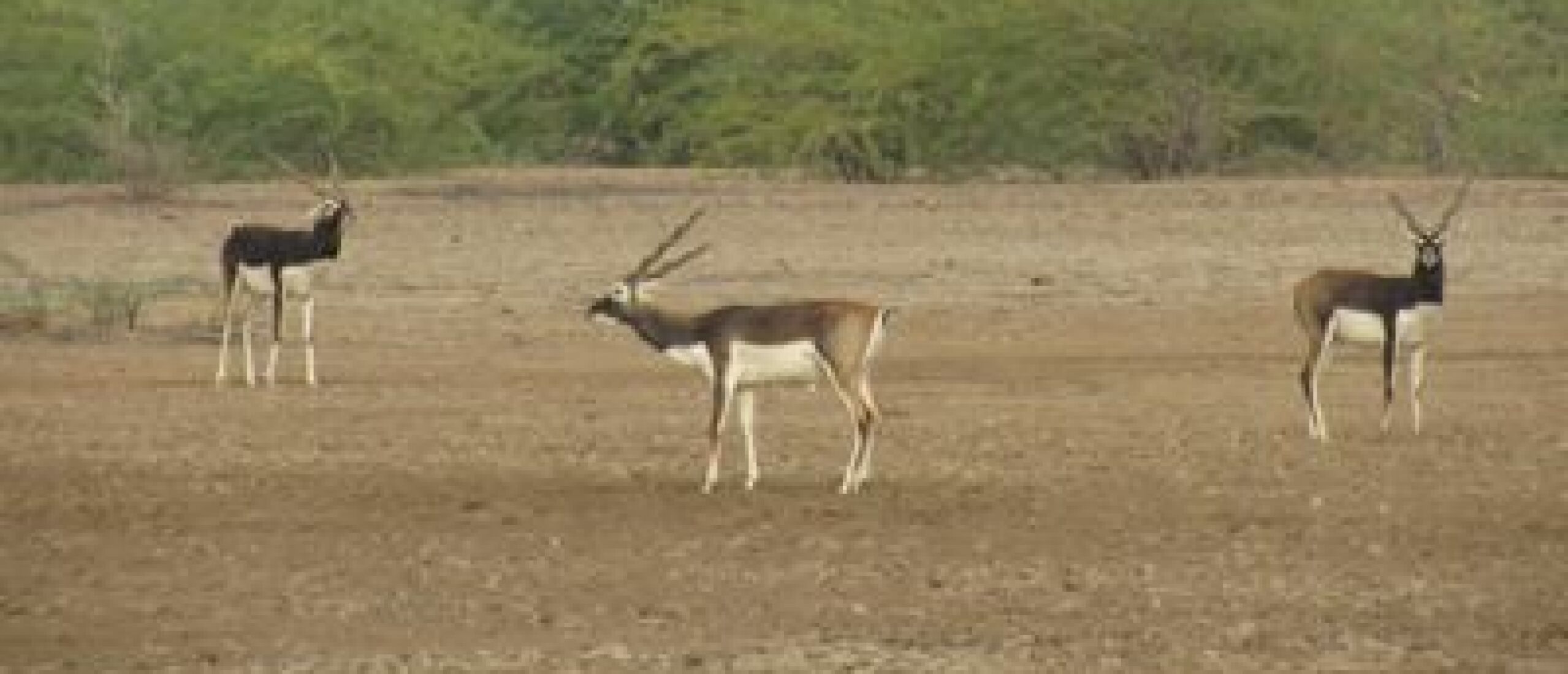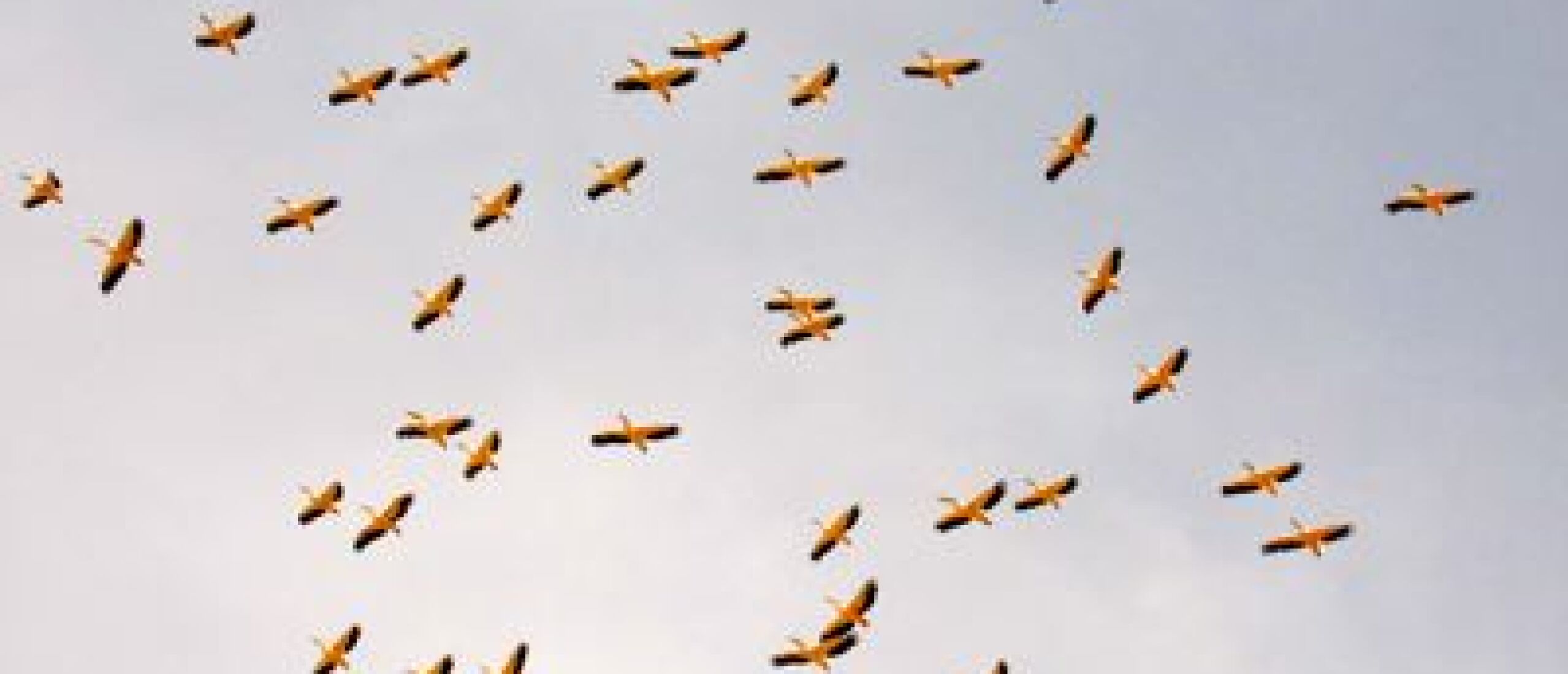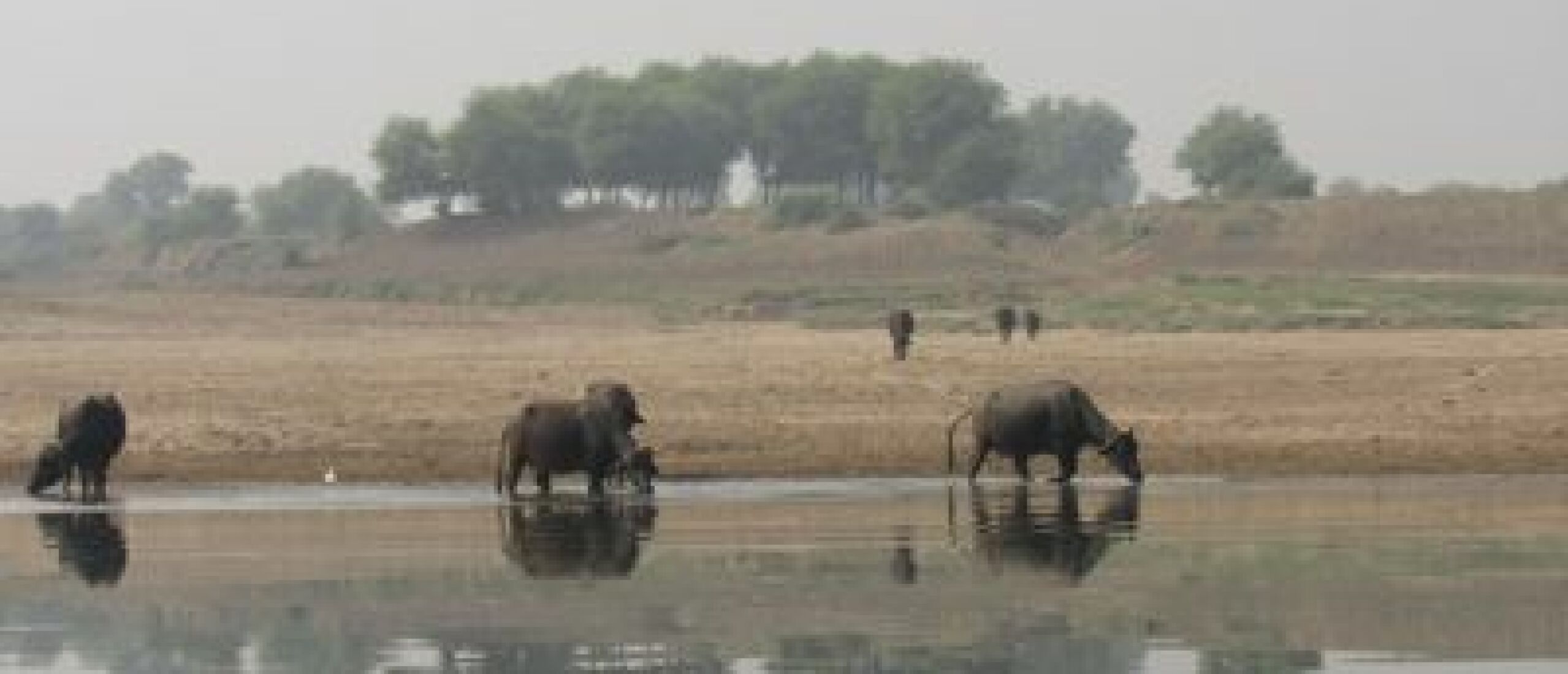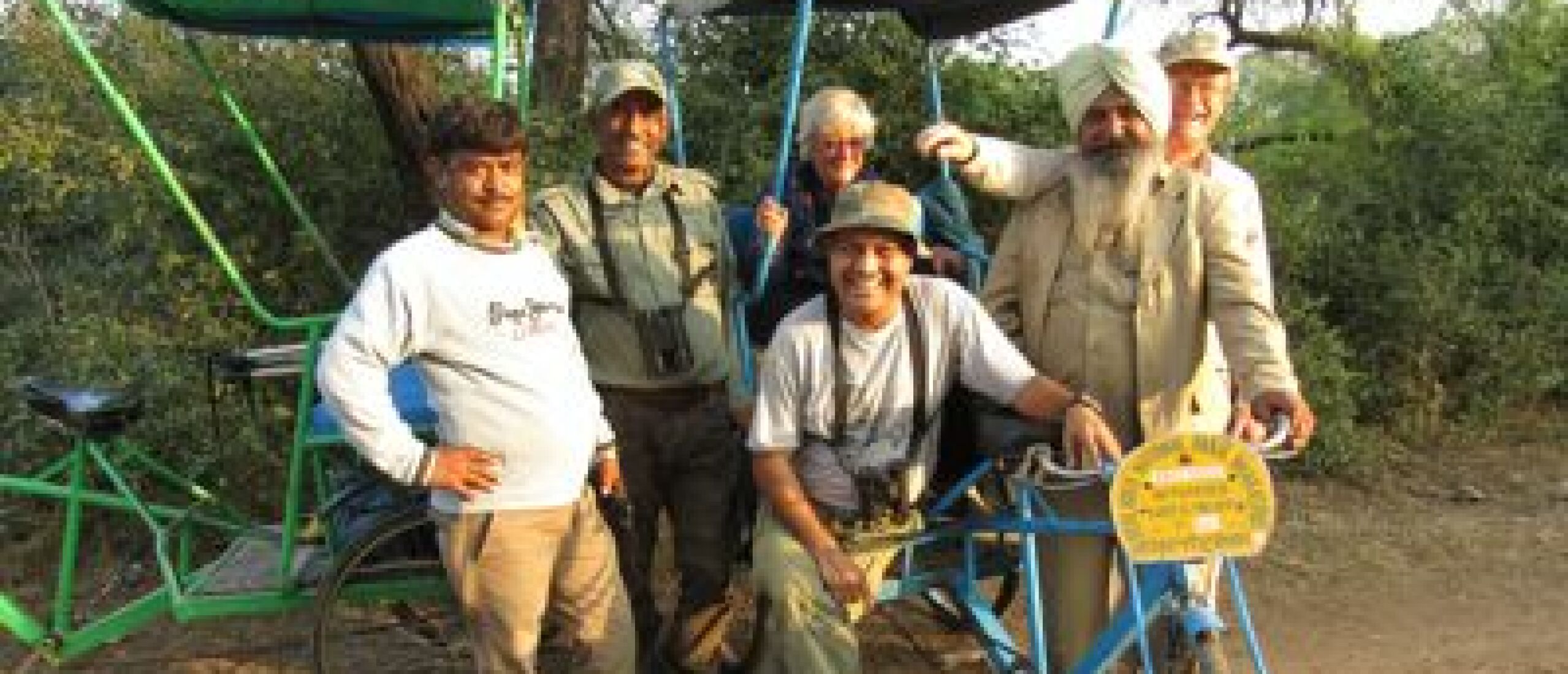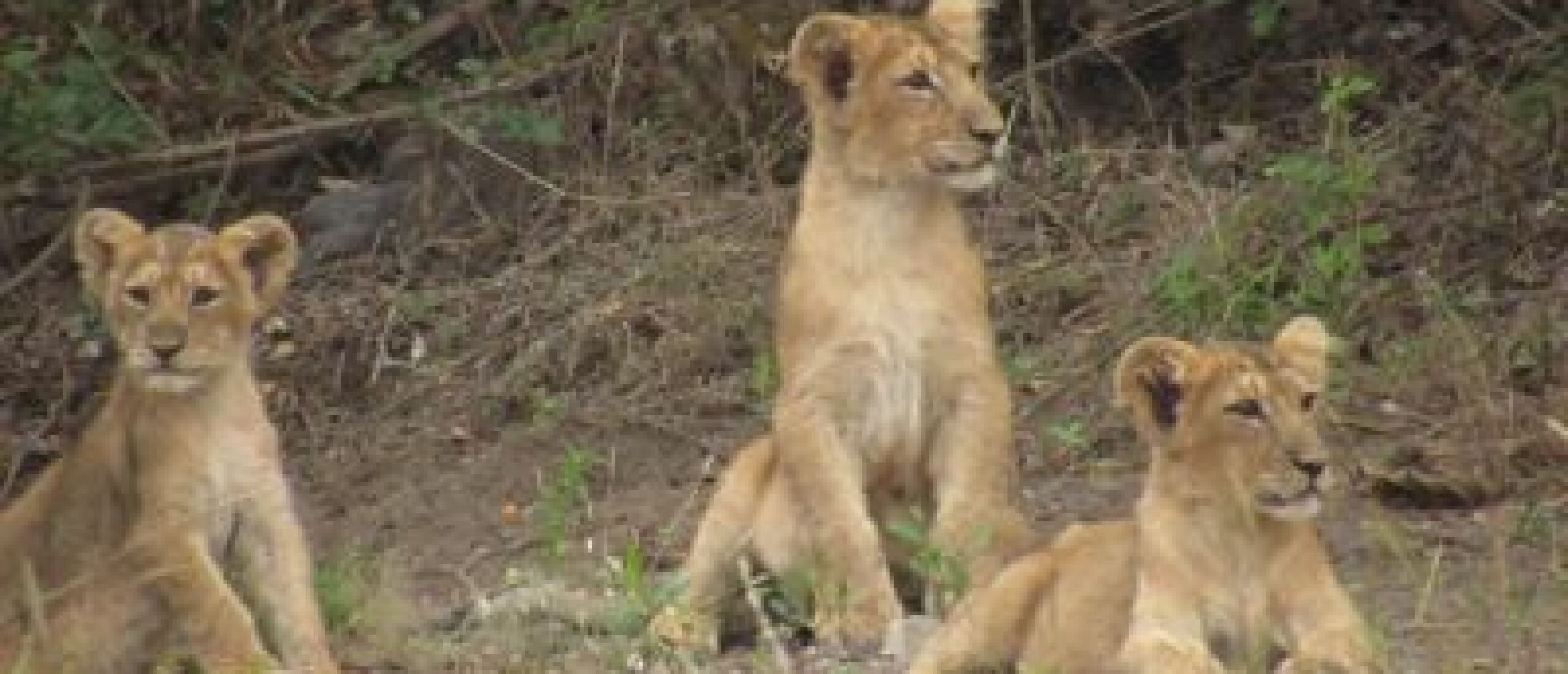
Year of the Cat Following our tiger sightings in central India and the jungle cat at Velavadar, our next destination involved a quest to find another of India's felines, this time in the Gir Forest, home to the World's last population of Asiatic Lions, and for Rosemary Fox and myself, a visit to the state of Gujarat would have been impossible to imagine without at least trying for this other big cat in its home range. We left Velavadar and headed across the centre of the state, eventually arriving at the small town of Sasan Gir, where we checked into the Gir Birding Lodge, and enjoyed an evening walk in the mango orchard that surrounds this quiet accommodation facility. The wall that surrounded this property was broken down in places, leaving a clear way for any stray lions to join us, but none chose to do so. As I mentioned in my previous post, Gujarat is a 'dry state', not only in terms of its low rainfall, but also in terms of lack of alcohol. When we had arrived at Ahmedabad airport a few days previously, our guide Yogi had advised us to hold onto our boarding passes. We did not know why, but the twinkle in his eye as he gave us this advice should have alerted us to the fact that he had a plan up his sleeve! After dark, Yogi asked us to find our boarding passes, and we then headed, somewhat puzzled as to what was happening, to the back of a disused but still attractive-looking hotel...and there was a government alcohol shop! Apparently non-Gujaratis can obtain permits to consume the demon liquor in the state, but they have to provide evidence of their arrival from outside...hence the need for the boarding passes. Some Indian customers from Bangalore were in the middle of a heated discussion with the official behind the counter, and we felt (only slightly) guilty as we ordered two half-bottles of vodka and a case of Kingfisher strong premium beer, and the Indians had to watch it all being carefully wrapped in newspaper and placed in a box for us, while they were refused a single drop! And so the dry state of Gujarat has once again become habitable for the Fox/Champion team! The following morning saw us arriving at the gate of the Gir Forest National Park at 06.30, and our lion quest began in earnest. We were a little nervous, as it was only on our eighth safari in Bandhavgarh that we had finally connected with a tiger, and we only had three safaris scheduled to find a lion, but we need not have worried, for on that very first drive in Gir, we were lucky enough to see two lionesses and five cubs together, an extraordinary privilege. Our driver had heard from another Gypsy driver that others were watching these lions, and he instructed us to hold on tight as he raced along the twisty and bumpy track towards the point where they had last been seen, and almost immediately after arriving at the location, the first lioness ambled towards us, followed by two largish cubs and three smaller ones, and then the other mother appeared, and we were able to watch the entire group together for a while, until a forest guard who was monitoring the movement of vehicles, himself on foot and armed only with a stout stick, motioned us on so as to minimise the disturbance to the animals, whilst allowing other tourists to have their turn to see.
 Our first Asiatic Lioness came ambling towards us, apparently unconcerned by our presence
Our first Asiatic Lioness came ambling towards us, apparently unconcerned by our presence
 Four of the five cubs that accompanied her are visible here
Four of the five cubs that accompanied her are visible here
 The cubs looked healthy and strong
The cubs looked healthy and strong
 Both lionesses were together briefly
Both lionesses were together briefly
The Asiatic Lion population had been reduced to only 12 individuals by chronic over-hunting and persecution, and these last individuals were finally afforded protection by the Maharaja of Junagadh in the 1880s, since when the numbers have gradually grown, until today there are an estimated 520 lions in the Gir area, and they are spilling out of the park and into surrounding forests. There is a fear that genetic problems could arise from the population having been reduced to so few in the late 19th and early 20th centuries, but our seven lions certainly looked healthy and bright. We in fact re-connected with one of the two lionesses in the afternoon, and then found the cubs just over the next hill, all sitting as though their mother had instructed them to behave themselves in her absence and to stay where they were. It was again an extraordinary experience to watch a significant number of these magnificent beasts, knowing how close they had come as a subspecies to total extinction. We can only hope that their futures are bright and that there will still be wild Asiatic Lions in the long-term future, and that the planned relocation of some individuals to Madhya Pradesh will happen, a move which has not received the universal support of the Gujarati authorities, who may well wish to keep the animal as a uniquely Gujarati possession.
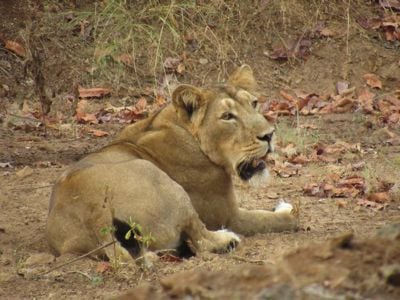 We reconnected with one of the two lionesses in the afternoon
We reconnected with one of the two lionesses in the afternoon
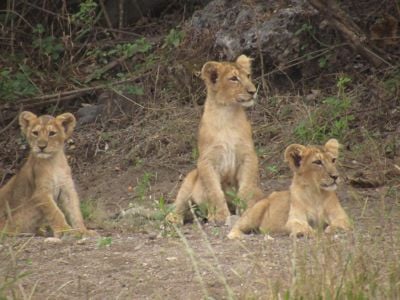 Three of the five cubs awaiting their mothers' return
Three of the five cubs awaiting their mothers' return
 The cubs seemed to have been instructed to behave well in their mothers' absence
The cubs seemed to have been instructed to behave well in their mothers' absence
And so we added another cat to our list of wild felines...and it was not the last, as my next post will explain. It certainly has been the Year of the Cat as far as feline sightings are concerned.


